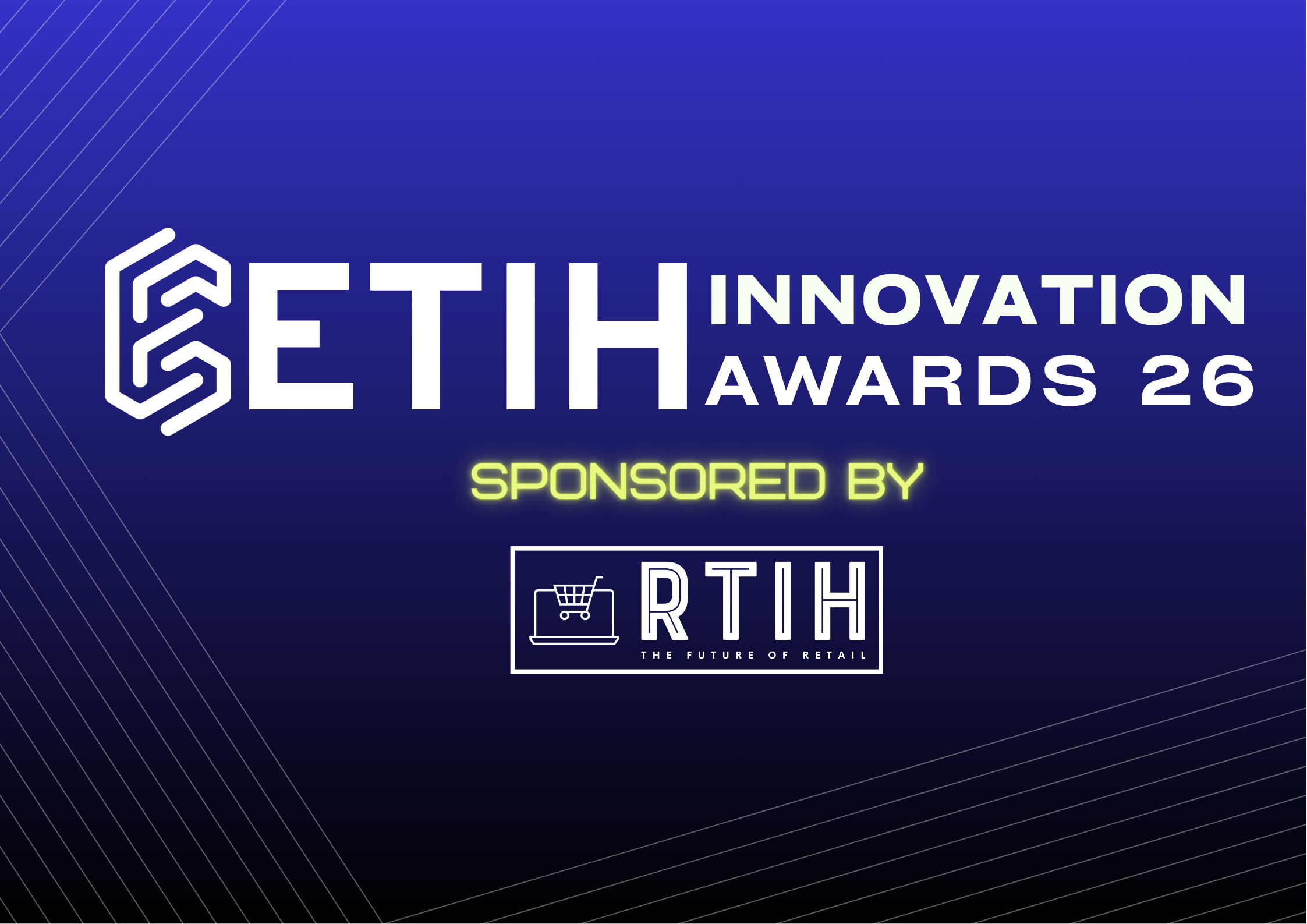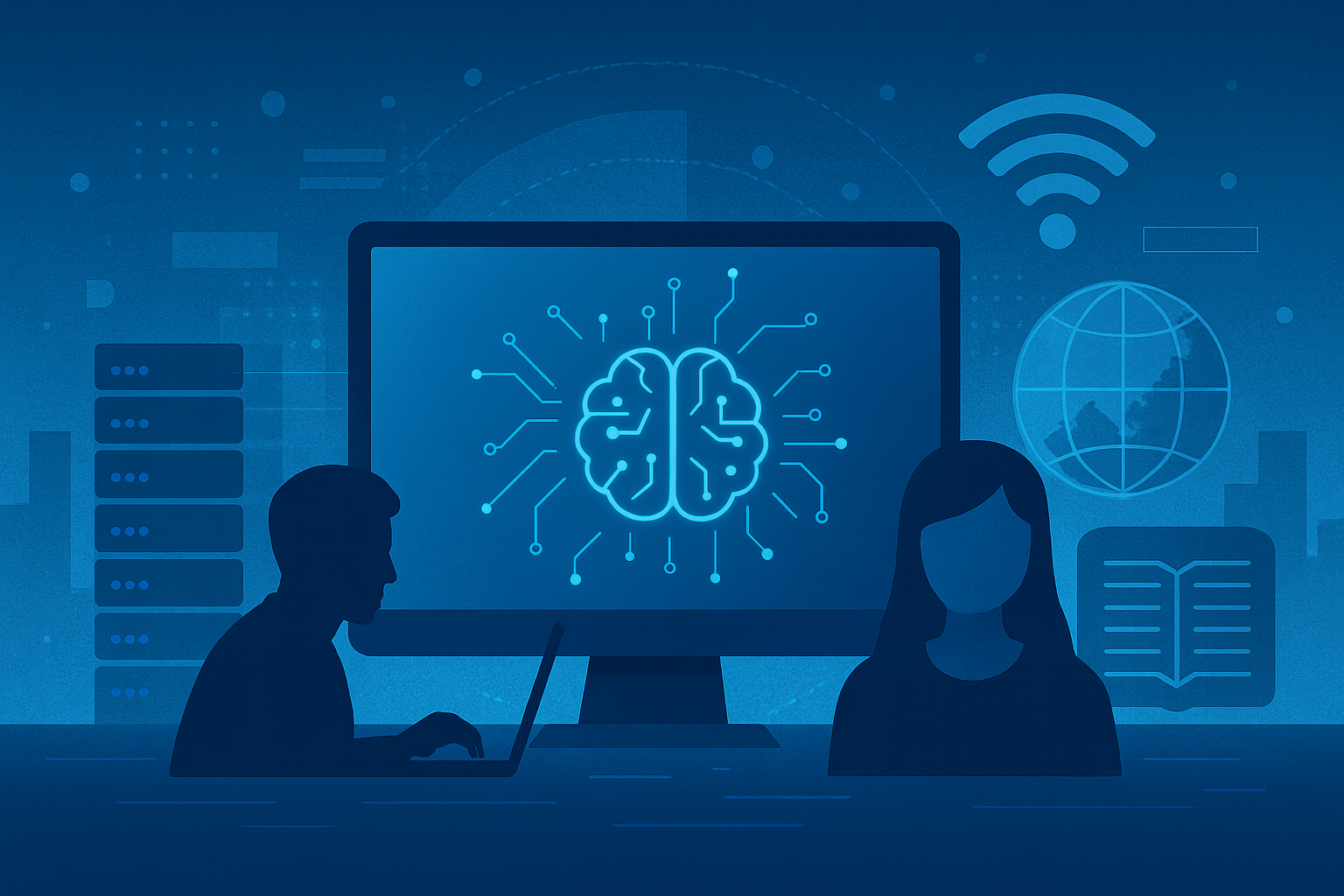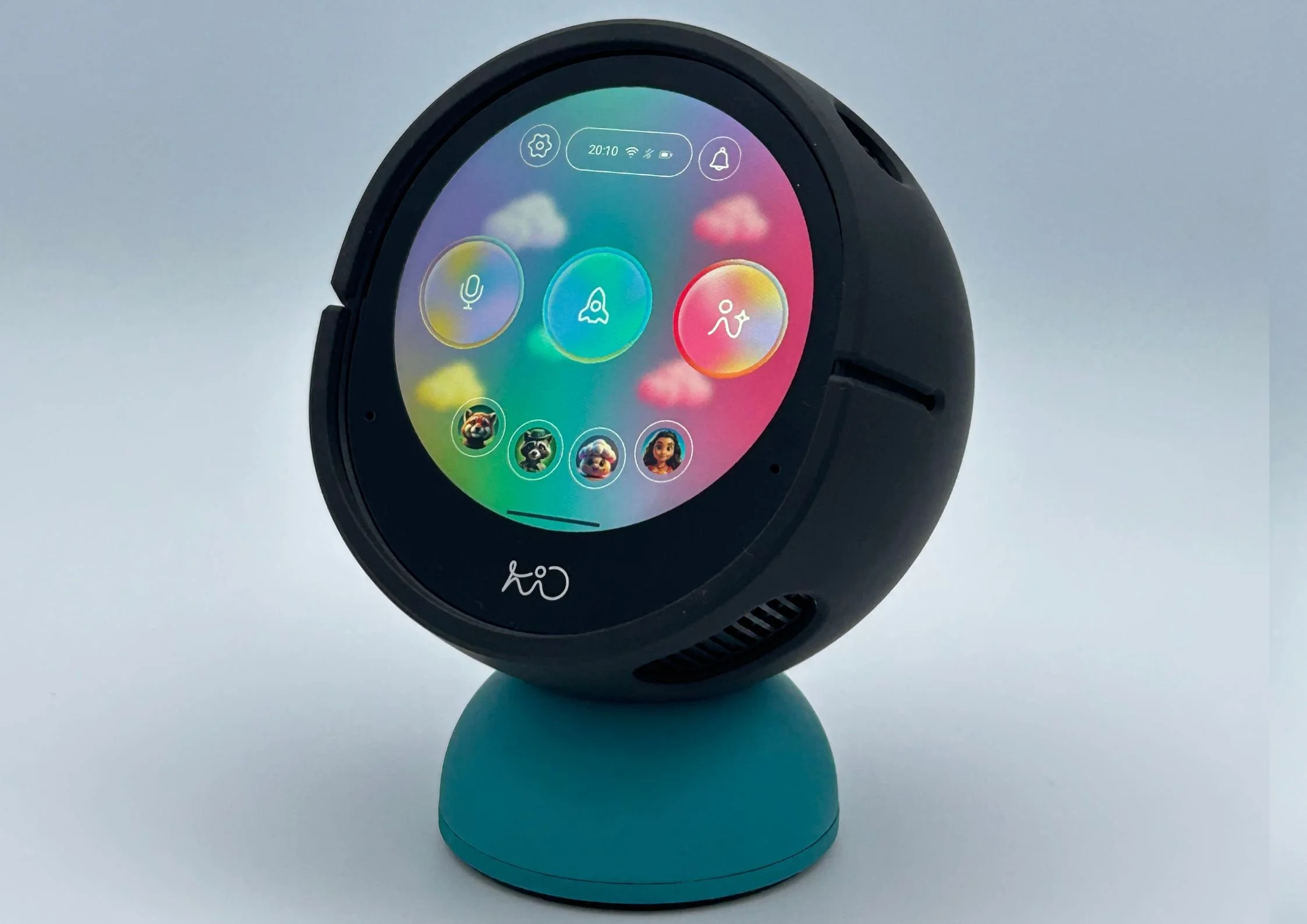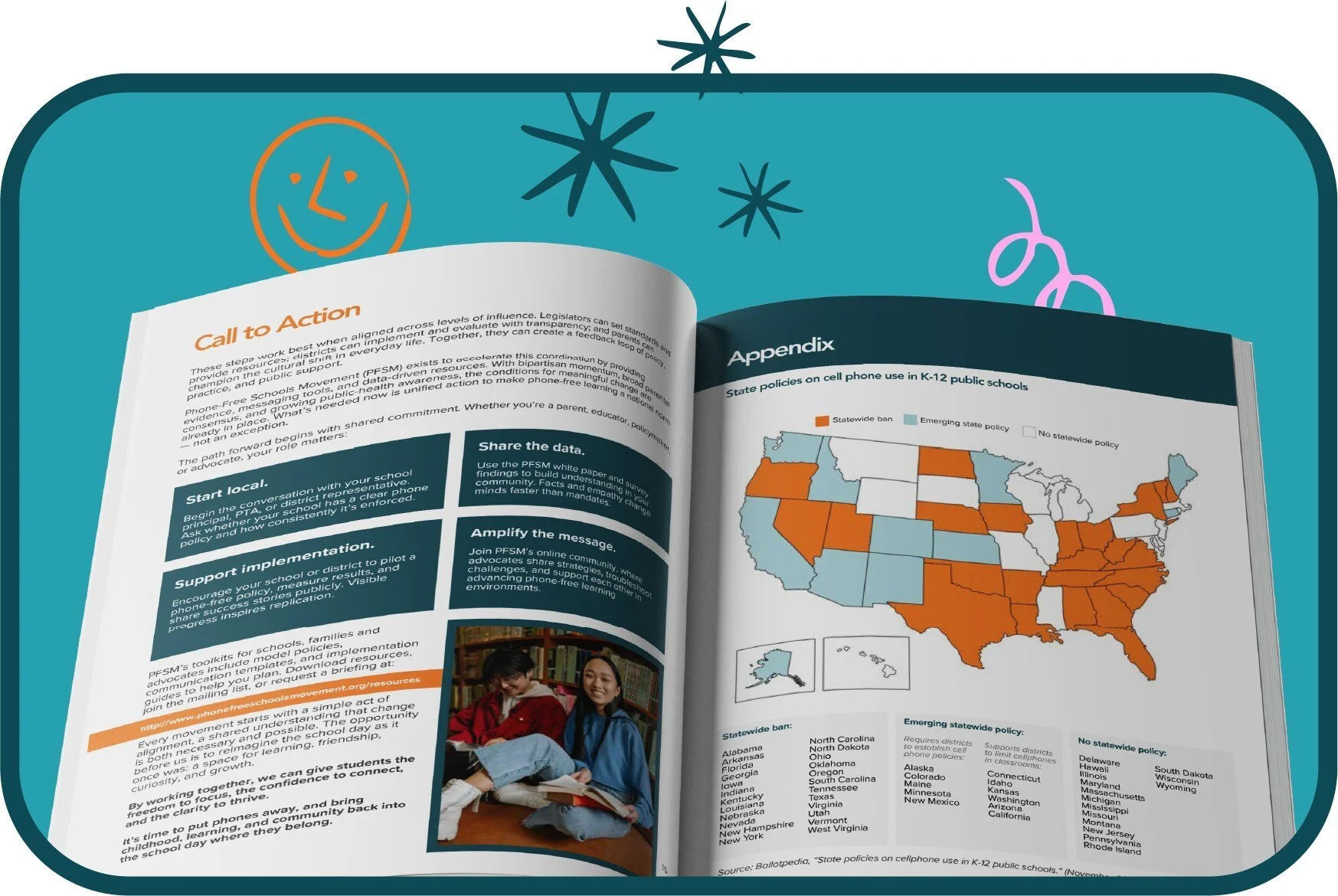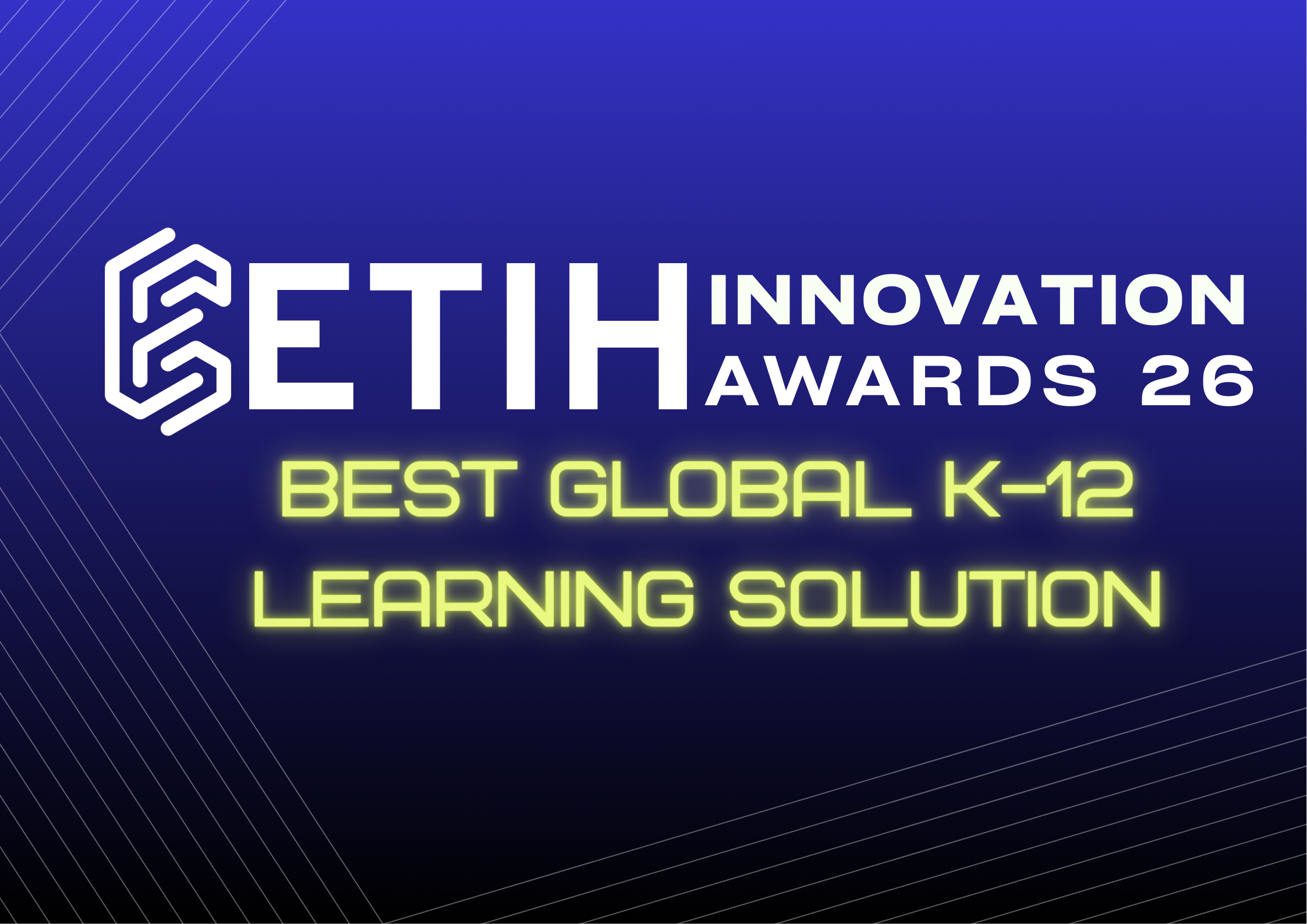Hugging Face and DataCamp launch interactive AI skills track for the next wave of builders
Hugging Face has teamed up with DataCamp to release Hugging Face Fundamentals, a new interactive skills track designed to help learners build modern AI workflows through hands-on training.

Ben Burtenshaw, part of the community education team at Hugging Face, shared details of a new collaboration between Hugging Face and DataCamp on LinkedIn.
The partnership introduces the Hugging Face Fundamentals learning track, aimed at helping developers, engineers, and beginners gain practical experience with AI tools and workflows.
“We’ve been shipping loads of courses over the last year, and one request we keep getting is for beginner-friendly courses that start on day 0 and build up. Well, here it is!” Burtenshaw wrote. “This course is built by DataCamp with collaboration from Hugging Face and it takes advantage of DataCamp's handy platform to build an interactive learning process.”
Hugging Face, an open-source AI company known for its hub of pre-trained models and datasets, said the new courses combine hands-on learning with real-world projects designed to improve accessibility and skill-building in AI education.
Courses cover LLMs, multi-modal models, and agents
According to Hugging Face, the Fundamentals track includes four courses and a capstone project that take participants from foundational AI concepts to advanced applications. Learners begin with the basics of the Hugging Face hub before progressing to large language models (LLMs), multi-modal systems, and AI agents.
Modules include Working with Hugging Face, Introduction to LLMs in Python, Multi-Modal Models with Hugging Face, and AI Agents with Hugging Face smolagents. Each course features interactive exercises that run directly in the browser, allowing users to build and deploy models without complex setup.
The track concludes with a practical project where participants create a food image classification system using the Hugging Face ecosystem, including transformers and the hub.
The learning track is designed to accommodate both newcomers and experienced engineers. It can be completed as a full program or through standalone courses based on interest and experience.



